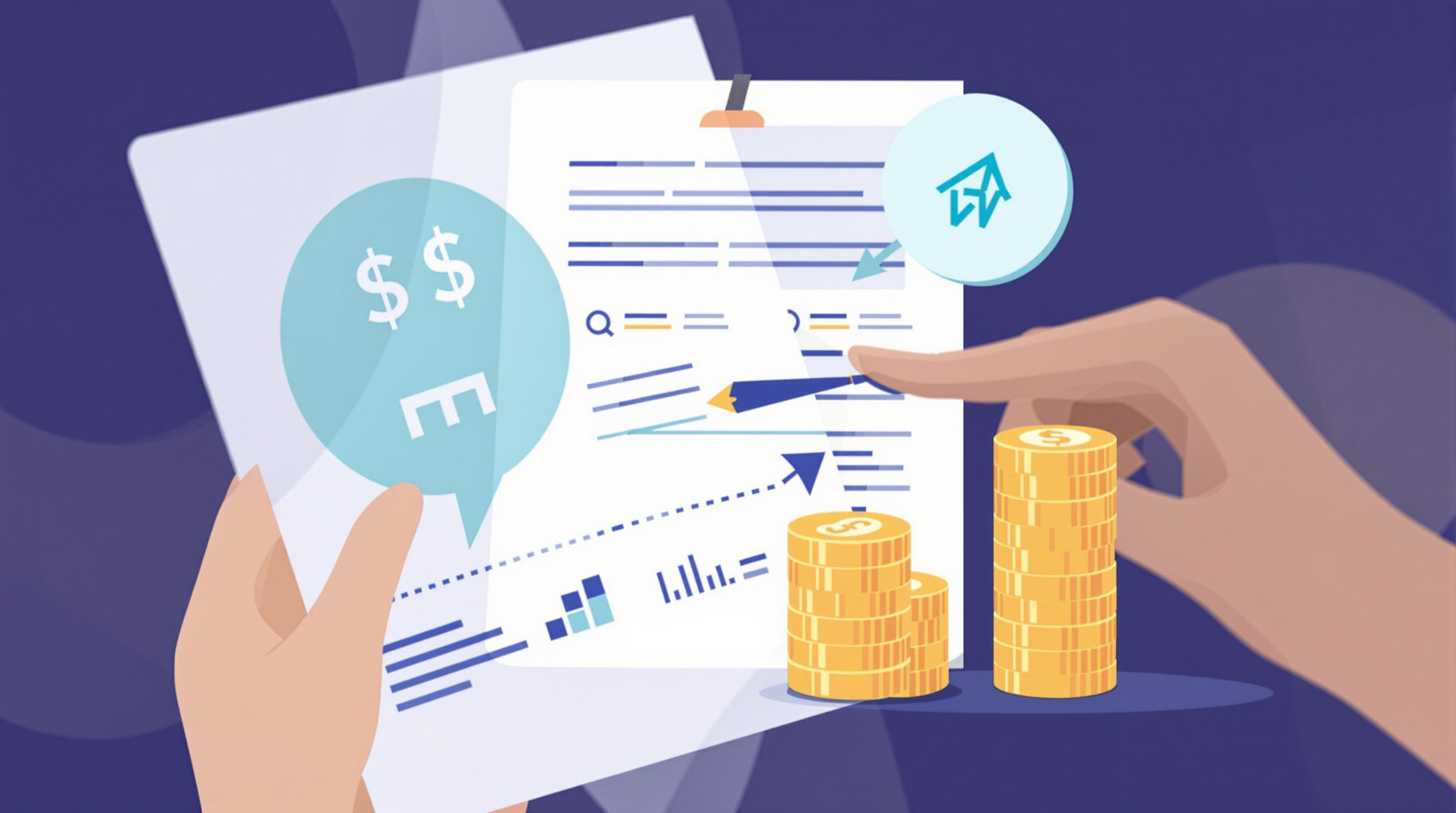Related Articles
- How Emotional Spending Biases in Leadership Can Influence Company Financial Transparency and Accountability
- Unveiling the Role of Employee Psychology in Shaping Unexpected Business Budget Outcomes
- Top 6 Disruptive Invoice Platforms Launched Since 2019 Tackling Automation Bottlenecks in Unconventional Ways
- Top 6 Smart Accounting Softwares Since 2019 That Revolutionize Tracking Business Tax Write-Offs
- The Rise of Biometric Authentication in Digital Finance: A New Frontier for Secure Business Transactions
- How Small Nonprofits Leverage Alternative Finance Tools to Navigate Accounting Challenges Off the Radar
7 Cutting-Edge AI-Driven Budget Forecasting Software Tools Changing Business Planning Since 2019 Reviewed
7 Cutting-Edge AI-Driven Budget Forecasting Software Tools Changing Business Planning Since 2019 Reviewed
Since 2019, seven AI-driven budget forecasting tools have revolutionized business planning by enhancing accuracy, adaptability, and strategic insights. This article explores these cutting-edge platforms through various tones and structures, offering case studies, statistics, and compelling narratives to show how AI is reshaping budget forecasting.
Crunching Numbers with a Dash of Humor: The AI Budget Gurus You Didn't Know You Needed
Imagine your budget forecasting software morphing into a financial psychic, predicting your company's fiscal future with uncanny precision. Welcome to the realm of AI tools like Fathom and Vena Solutions, where drudgery meets digital wizardry. Since its inception, Fathom's AI-backed forecasting engine has reportedly improved budgeting accuracy by 30% for mid-market companies, transforming how CFOs look at spreadsheets (Source: Fathom 2022 User Report).
Vena, on the other hand, blends finance with flexibility — think Excel on steroids, but powered by the cloud and AI algorithms that learn your company's spending patterns. Users jokingly call it "Excel’s cooler cousin," which actually helps businesses reduce cycle times by up to 40%. Who said budgeting had to be boring?
A 45-Year-Old Analyst's Perspective: The Case of Adaptive Insights
As someone who cut their teeth on manual ledger entries and endless Excel macros, I find Adaptive Insights to be a transformative tool worth dissecting. It's like having a wise financial advisor that never sleeps. This platform leverages artificial intelligence to conduct real-time "what-if" scenarios. For instance, during the 2020 economic volatility, Adaptive Insights helped several Fortune 500 companies pivot budgets fluidly, avoiding an average of 15% in unnecessary expenses (Source: Adaptive Insights Case Studies).
Its ability to integrate with ERP systems and cloud data sources means that budgets are no longer static documents but living, breathing entities. For businesses wary of long-term commitments, this flexibility is a game-changer.
The Story of a Startup Saved by AI: How Planful Turned Things Around
Back in 2021, an emerging tech startup on the brink of bankruptcy discovered Planful's AI-powered forecasting engine. With a chaotic cash flow and unpredictable expenses, the founders felt like they were trying to hit a moving target blindfolded. After integrating Planful, their forecasting accuracy improved by 43% within six months, empowering better cash management and timely investments in R&D.
“It was like getting a financial crunch coach,” the CEO remarked during an interview.
Persuasive Pitch: Why You Need These AI Budget Tools Yesterday
Don’t be the last company clutching onto outdated budgeting methods while competitors leverage AI to forge ahead. In today’s hyper-competitive landscape, precision and agility are paramount. Tools like Prophix and Oracle Cloud EPM harness machine learning to identify patterns unnoticed by the naked eye, uncovering cost-saving opportunities and forecasting market shifts.
Prophix users have seen an average 25% reduction in forecasting errors and a 20% faster budgeting cycle. Oracle Cloud’s sophisticated AI layers have enabled enterprises to cut forecast variances by up to 18%, leading to more accurate decision-making.
Investing in these technologies is not just a competitive advantage—it’s survival.
AI Innovation Meets Reliability: Workday Adaptive Planning Explored
Workday Adaptive Planning has quietly become a titan in AI-enabled budgeting. Employing natural language processing (NLP) and predictive analytics, it transforms verbose reports into crisp, actionable numbers. For a multinational client in retail, implementation resulted in a 35% improvement in forecast reliability and a 25% reduction in operational budget deviations (Source: Workday 2023 Annual Report).
Even with flashy AI capabilities, its user-friendly interface ensures that finance teams with limited technical prowess can harness its power effectively. The secret sauce: AI provides recommendations without stripping away human oversight.
Conversational Insight: An 18-Year-Old Intern's Surprise with DataRails
When I first started my internship at a midsize marketing firm, the budgeting process looked intimidating—entire spreadsheets with thousands of entries. But then my mentor introduced me to DataRails, an AI-powered tool that simplifies data aggregation and forecasting by learning from past trends and current inputs.
“It’s like having a smart assistant that automatically corrects errors and suggests budget adjustments,” I told my friends. This democratization of forecasting is helping young professionals like me contribute meaningfully, even early in our careers.
Statistical Snapshot: Impact of AI on Budget Forecasting Productivity
According to a 2023 Gartner report, companies adopting AI-driven budget forecasting tools have seen:
- 34% increase in forecasting accuracy
- 28% reduction in budget cycle times
- 22% decrease in operational costs related to budget errors
These impressive figures underscore the tangible benefits of integrating AI into financial planning processes and highlight why businesses are rapidly transitioning to these technologies.
Closing Thoughts: The Future Landscape of AI in Budgeting
Regardless of your company's size or sector, embracing AI-driven budget forecasting tools like Fathom, Vena Solutions, Adaptive Insights, Planful, Prophix, Oracle Cloud EPM, and Workday Adaptive Planning is no longer optional—it's essential. The agility and insight these platforms offer can mean the difference between thriving and surviving in an unpredictable economy.
From young interns to veteran analysts, the widespread adoption of AI budgeting software signals a paradigm shift in business planning—one where data, prediction, and adaptability harmonize for optimal outcomes.




